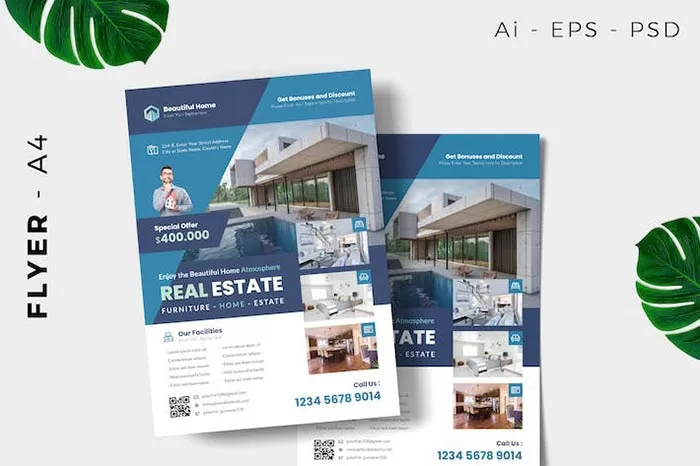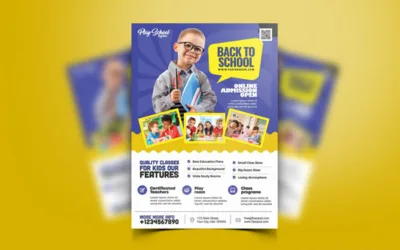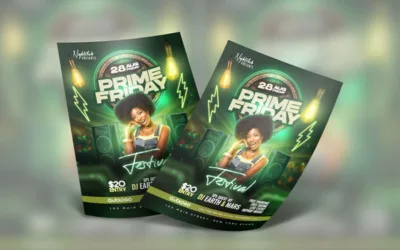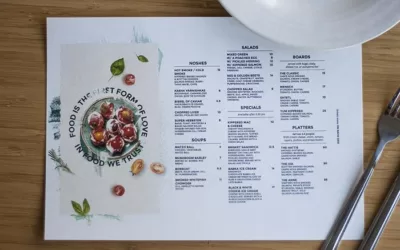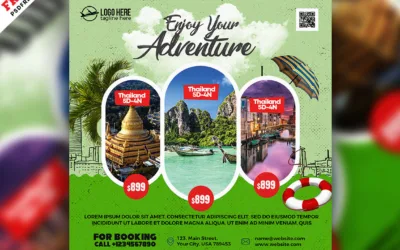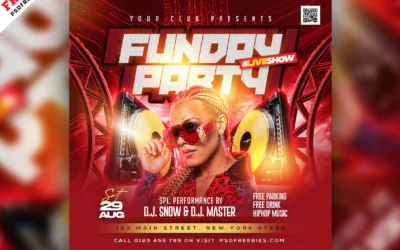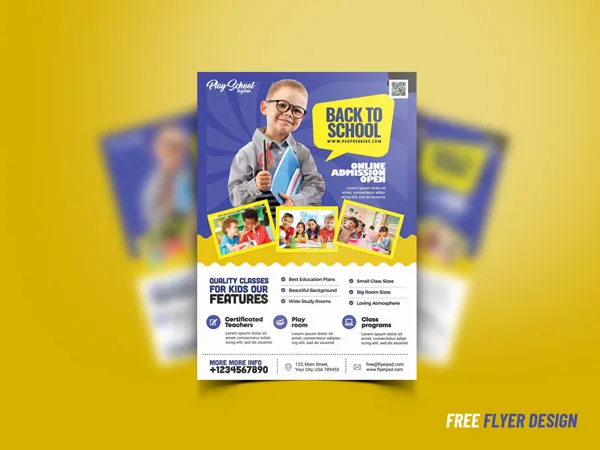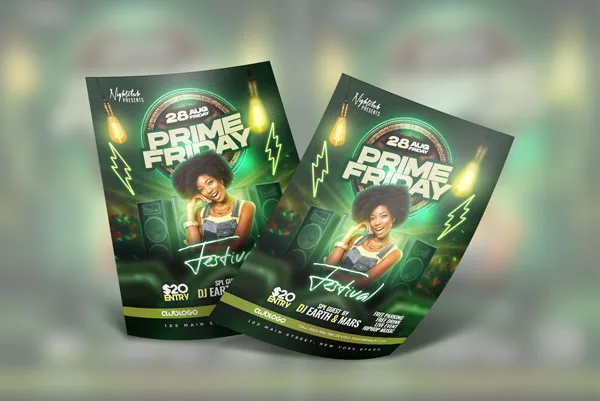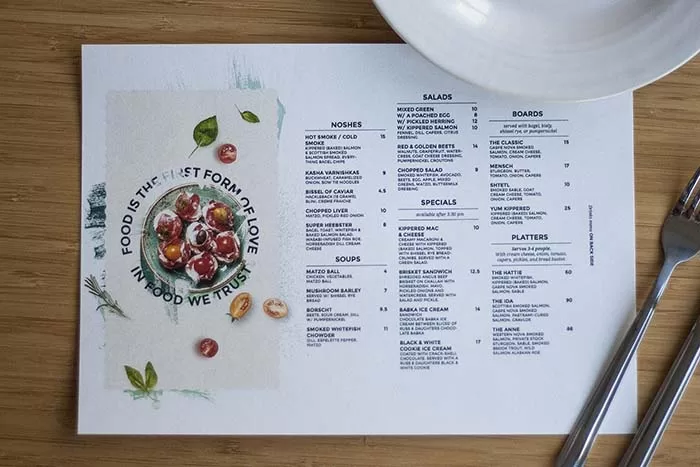In today’s fast-paced world, where digital marketing dominates, one might overlook the power of traditional advertising methods like flyer design. However, when executed effectively, a well-designed flyer can still be a potent tool for spreading messages, promoting events, and driving engagement. In this guide, we’ll delve into the intricacies of flyer design, exploring techniques, tips, and sources of inspiration to help you create compelling and eye-catching flyers.
Understanding the Purpose
Before diving into the design process, it’s crucial to understand the purpose of your flyer. Are you promoting a special event, announcing a sale, or advertising a new product? Clarifying the objective will guide your design choices and ensure that your flyer effectively communicates its message.
Key Elements of Flyer Design
- Eye-Catching Headline: Capture the reader’s attention with a concise and compelling headline. Use bold fonts and vibrant colors to make it stand out.
- Visual Elements: Incorporate high-quality images, illustrations, or graphics relevant to your message. Visuals can evoke emotions and convey information more effectively than text alone.
- Clear Message: Keep the content concise and to the point. Highlight the most important information and use bullet points or numbered lists for easy readability.
- Call to Action (CTA): Prompt the reader to take action with a clear and concise CTA. Whether it’s “Visit our website,” “Call now,” or “Join us,” make sure the CTA is prominently displayed.
- Branding: Maintain consistency with your brand identity by using consistent colors, fonts, and logos. This helps reinforce brand recognition and credibility.
- Whitespace: Don’t overcrowd the flyer with too much information. Leave ample whitespace to create a balanced layout and allow the content to breathe.
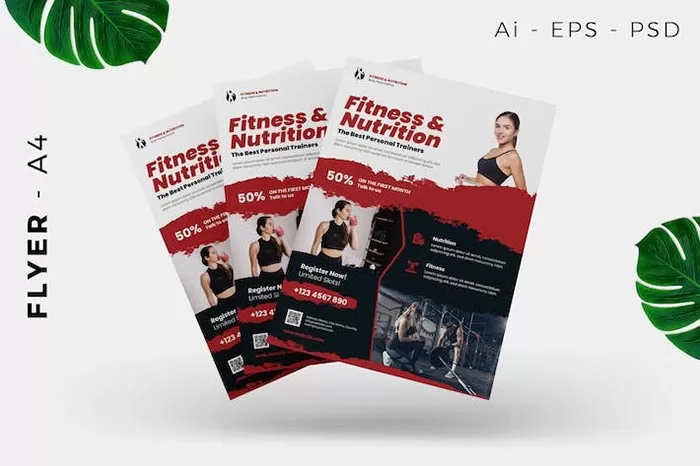
Design Tips and Techniques
- Choose the Right Size: Consider the distribution method when determining the flyer size. Standard sizes like A5 or 8.5″ x 11″ are versatile and easy to handle.
- Typography: Experiment with different fonts to find ones that complement your message and reflect the tone of your brand. Ensure readability by using appropriate font sizes and spacing.
- Color Scheme: Select a color scheme that aligns with your brand and evokes the desired emotions. Use contrasting colors to create visual interest and highlight important elements.
- Hierarchy: Establish a visual hierarchy to guide the reader’s attention. Important information should be prominent, while secondary details can be smaller or less prominent.
- Visual Balance: Distribute elements evenly across the flyer to maintain visual balance. Avoid placing all the content on one side or corner, as it can make the design feel cluttered.
- Use Templates Wisely: While templates can be a helpful starting point, try to customize them to make your flyer unique. Avoid using generic templates that may dilute your brand identity.
Collaborating with Your Designer
Once you’ve selected a designer, it’s time to collaborate closely to bring your vision to life. Here are some tips for a productive collaboration:
- Provide clear guidelines: Communicate your expectations, preferences, and any specific requirements upfront to avoid misunderstandings later on.
- Offer feedback: Provide constructive feedback throughout the design process to guide the designer and ensure that the final product aligns with your vision.
- Be open to suggestions: While it’s essential to communicate your ideas, remain open to the designer’s suggestions and expertise—they may offer valuable insights that enhance the design.
- Set realistic deadlines: Agree on a timeline for the project and ensure that both parties are committed to meeting deadlines to avoid delays.
Finding Inspiration
Inspiration for flyer design can come from various sources:
- Online Platforms: Explore design websites, such as SuproDesign.com or Fiverr, to discover a wide range of creative flyer designs.
- Competitor Analysis: Analyze flyers from competitors or similar businesses to identify design trends and gain inspiration while ensuring your design stands out.
- Nature and Art: Draw inspiration from nature, art, or everyday objects. Look for patterns, textures, and color combinations that resonate with your brand.
- Historical References: Take inspiration from vintage posters or historical graphic design movements. Reinterpret classic design elements in a modern context.
Conclusion
Creating an effective flyer requires careful planning, attention to detail, and creativity. By understanding the purpose, incorporating key design elements, and following best practices, you can design flyers that capture attention, convey messages effectively, and drive desired actions. Draw inspiration from various sources, but always strive to create a design that is unique to your brand and resonates with your target audience. With these tips and techniques in mind, you’re ready to embark on your flyer design journey and unleash your creativity.
